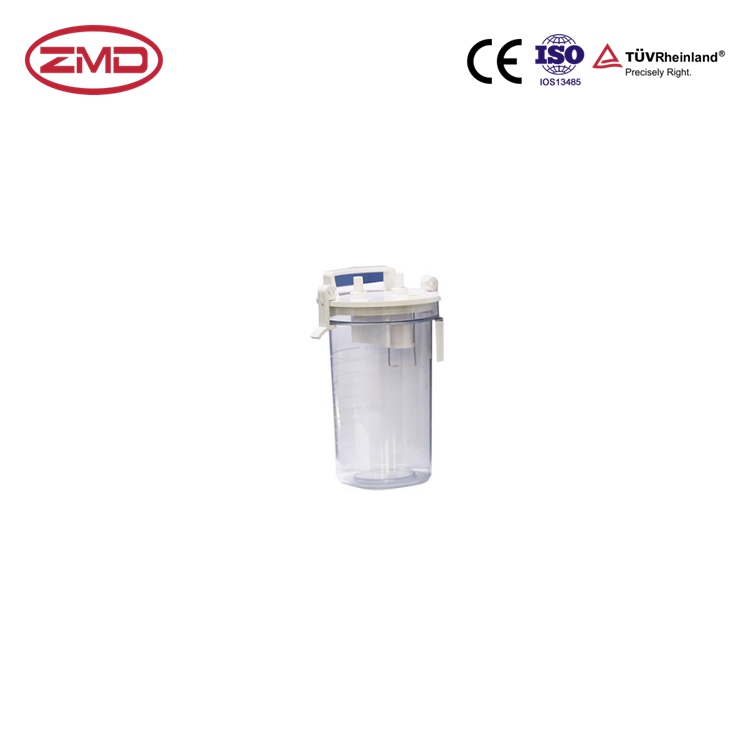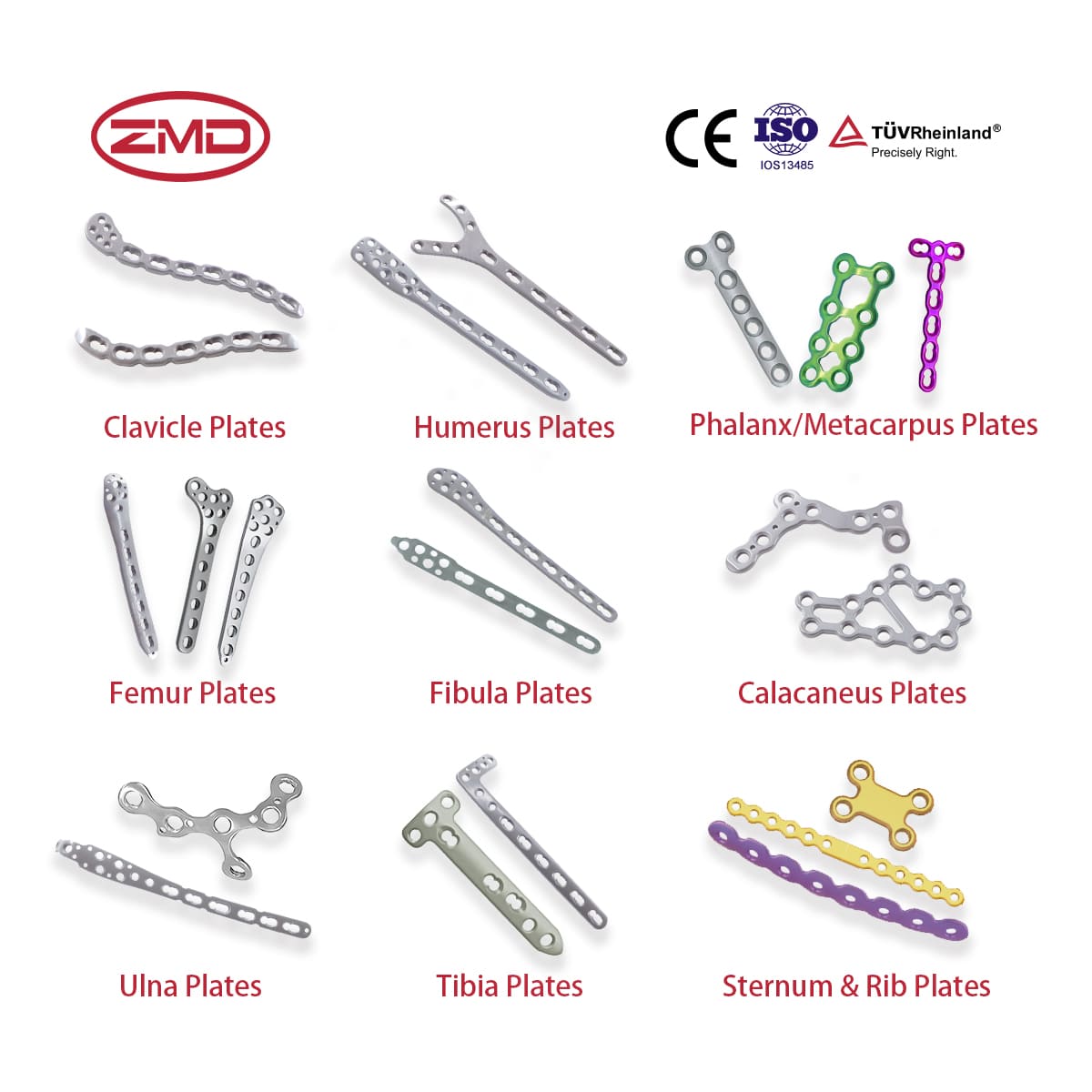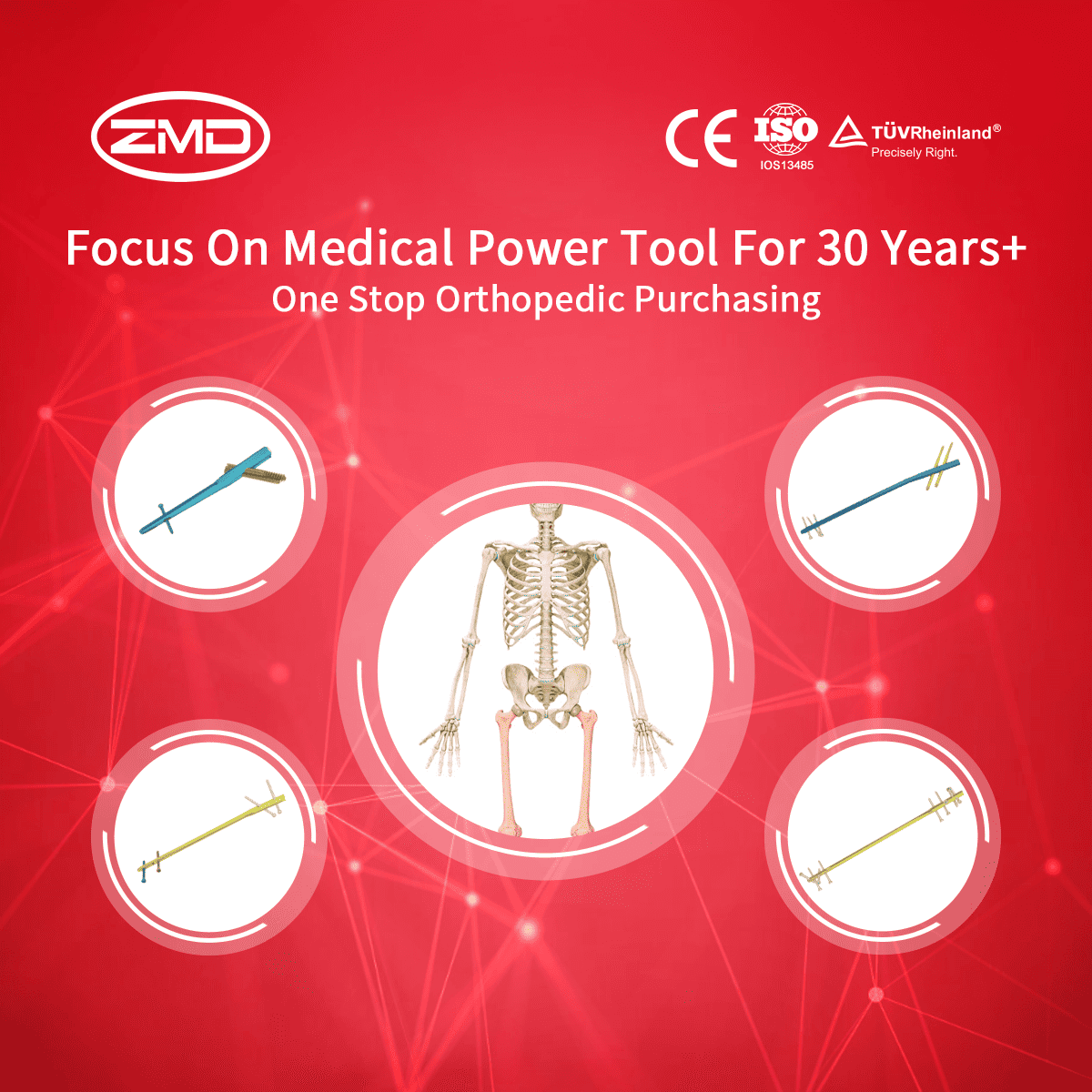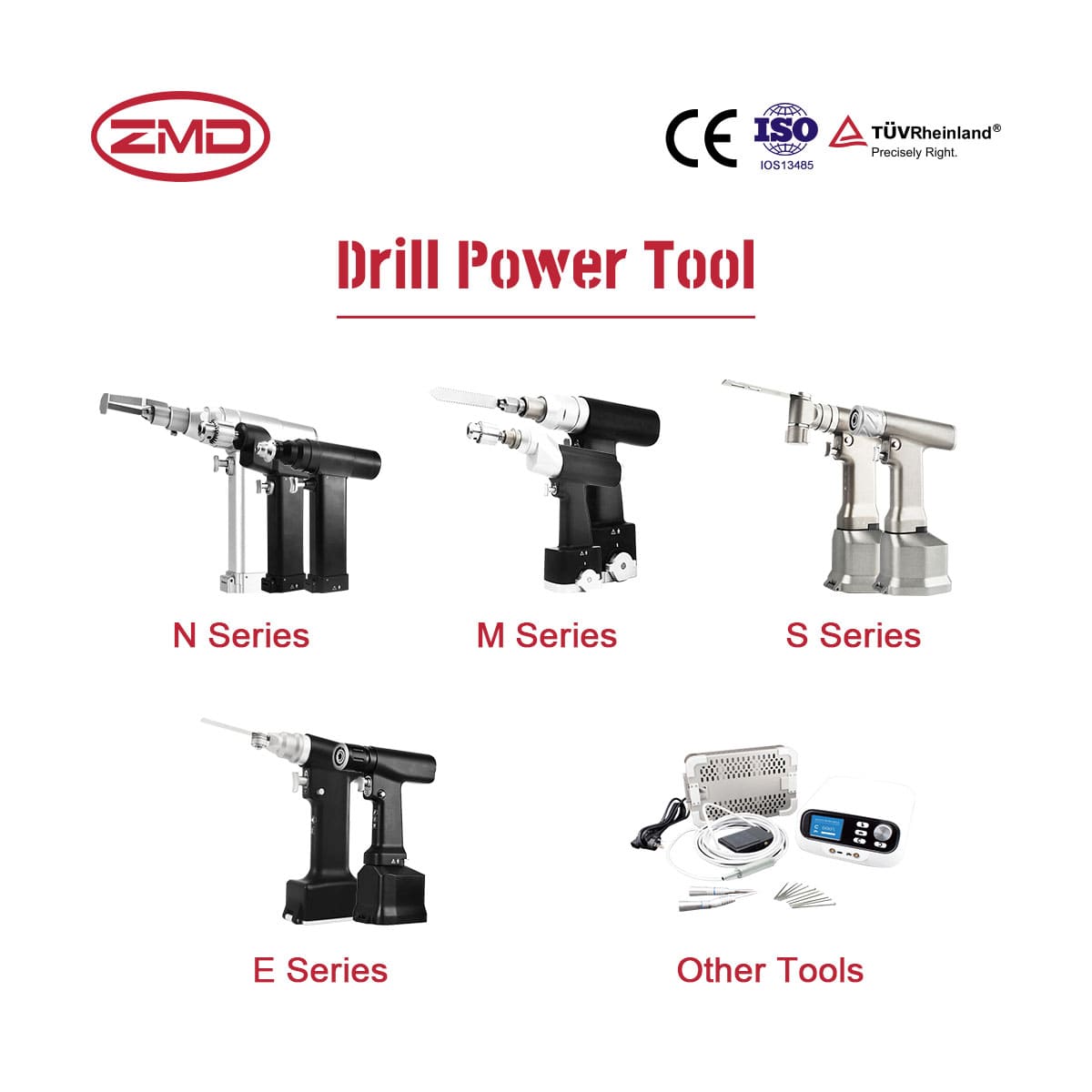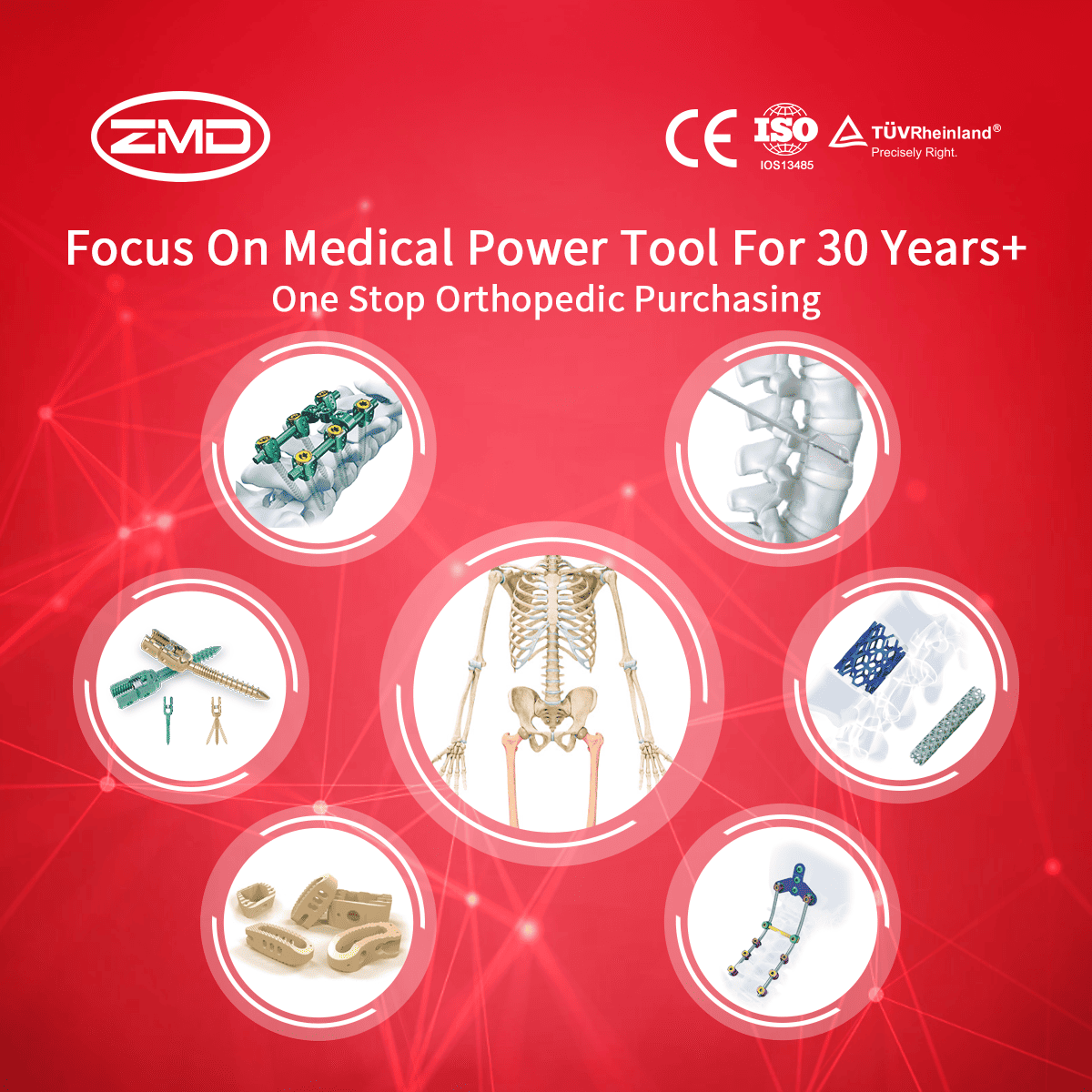VAC Machine
ZMD
Orthopedic Products
Haven't been able to locate the product you're searching for yet?
If you're interested in more orthopaedic implant products, feel free to get in touch with our ZMD consultants.
What are VAC Machine?
VSD systems, or vacuum-assisted closure (VAC) systems, which are negative pressure wound therapy devices for promoting wound healing, have two main components:
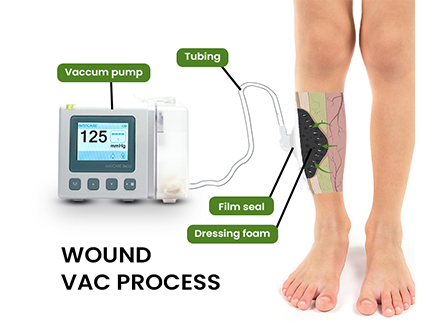
Vacuum Sealing Drainage Dressing Kit
- Wound Dressing: It is designed to be placed directly on the wound surface. Made from materials that are both biocompatible and suitable for maintaining a proper wound environment, it serves as the initial interface with the wound. Its purpose is to cover the wound securely and evenly distribute the negative pressure applied by the VAC machine. For instance, in an open surgical wound or a traumatic wound, it can conform to the shape of the injury, ensuring that all parts of the wound are subjected to the beneficial effects of the negative pressure.
- Drainage Tubing: This tubing connects the wound dressing to the VAC machine. It is typically made of flexible, medical-grade plastic that can withstand the negative pressure without collapsing or kinking. The length and diameter of the tubing are carefully chosen to allow for efficient fluid transfer from the wound to the machine. In practice, it ensures that the fluids drawn from the wound, such as blood, exudate, or debris, can flow smoothly to the collection system of the VAC machine.
- Connector: The connector is a crucial component that creates a secure and airtight connection between the wound dressing and the drainage tubing. A proper connection is essential to maintain the integrity of the negative pressure environment. Without a reliable connector, air could leak in, reducing the effectiveness of the vacuum-assisted drainage. In various wound scenarios, whether it’s a chronic ulcer or an acute wound, a well-functioning connector guarantees that the negative pressure generated by the VAC machine is properly transmitted to the wound dressing.
VAC Machine
- Negative Pressure Generation: It has the ability to create a negative pressure, commonly referred to as suction. This suction is applied to the wound through the connected dressing and tubing. By doing so, it effectively draws out unwanted fluids from the wound bed. In a diabetic foot ulcer, for example, it can remove excess exudate that might otherwise slow down the healing process or increase the risk of infection. This action also helps in reducing swelling and improving the local blood circulation around the wound.
- Adjustable Suction Level: One of its key features is the adjustability of the suction level. Depending on the specific characteristics of the wound, like its size, depth, and the stage of healing it’s in, different levels of negative pressure can be set. For a newly acquired, clean surgical wound in the early stages of healing, a relatively gentle suction level might be appropriate to encourage tissue growth without causing excessive trauma. However, in a complex, infected wound with a large amount of debris, a higher suction level can be employed to more vigorously remove the contaminants and promote a cleaner wound environment for better healing.
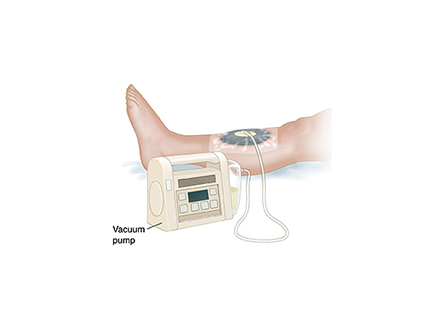
When Are VAC Machine Needed?
VSD systems, or vacuum-assisted closure (VAC) therapy, are indeed highly valuable in wound care, especially when dealing with challenging wounds that don’t heal as anticipated or are prone to complications. Here are some of the common wound types where these systems are frequently utilized:
Surgical Wounds
Chronic Wounds
Traumatic Wounds
Blog
International Women’s Day: Salute to the “She – Power” at ZMD
International Women’s Day: Salute to the “She – Power” at ZMD Amid the trends of “Intelligent Medical Devices” and “Minimally Invasive Medical Technologies”, ZMD thrives
Discover Innovation with Sunan Medical at AAOS
Discover Innovation with Sunan Medical at AAOS The American Academy of Orthopaedic Surgeons (AAOS) Annual Meeting is the premier event for orthopedic professionals worldwide, offering
Visit Us at Expomed Eurasia 2025: Discover Sunan Medical’s Innovations
Visit Us at Expomed Eurasia 2025: Discover Sunan Medical’s Innovations The 32nd Expomed Eurasia, taking place from April 24-26, 2025, at the Tüyap Exhibition and


